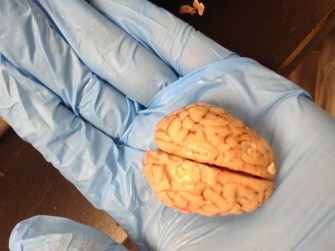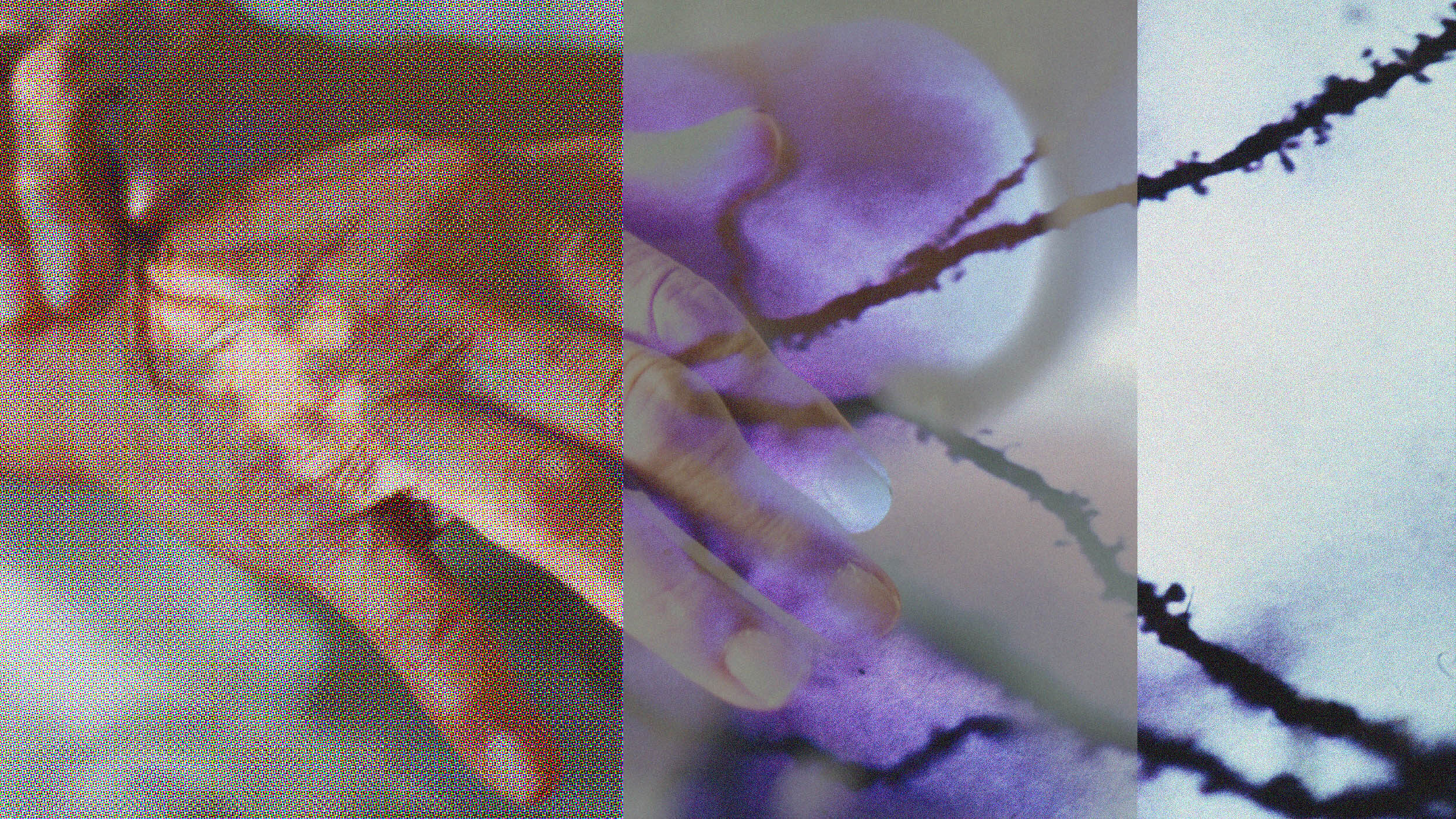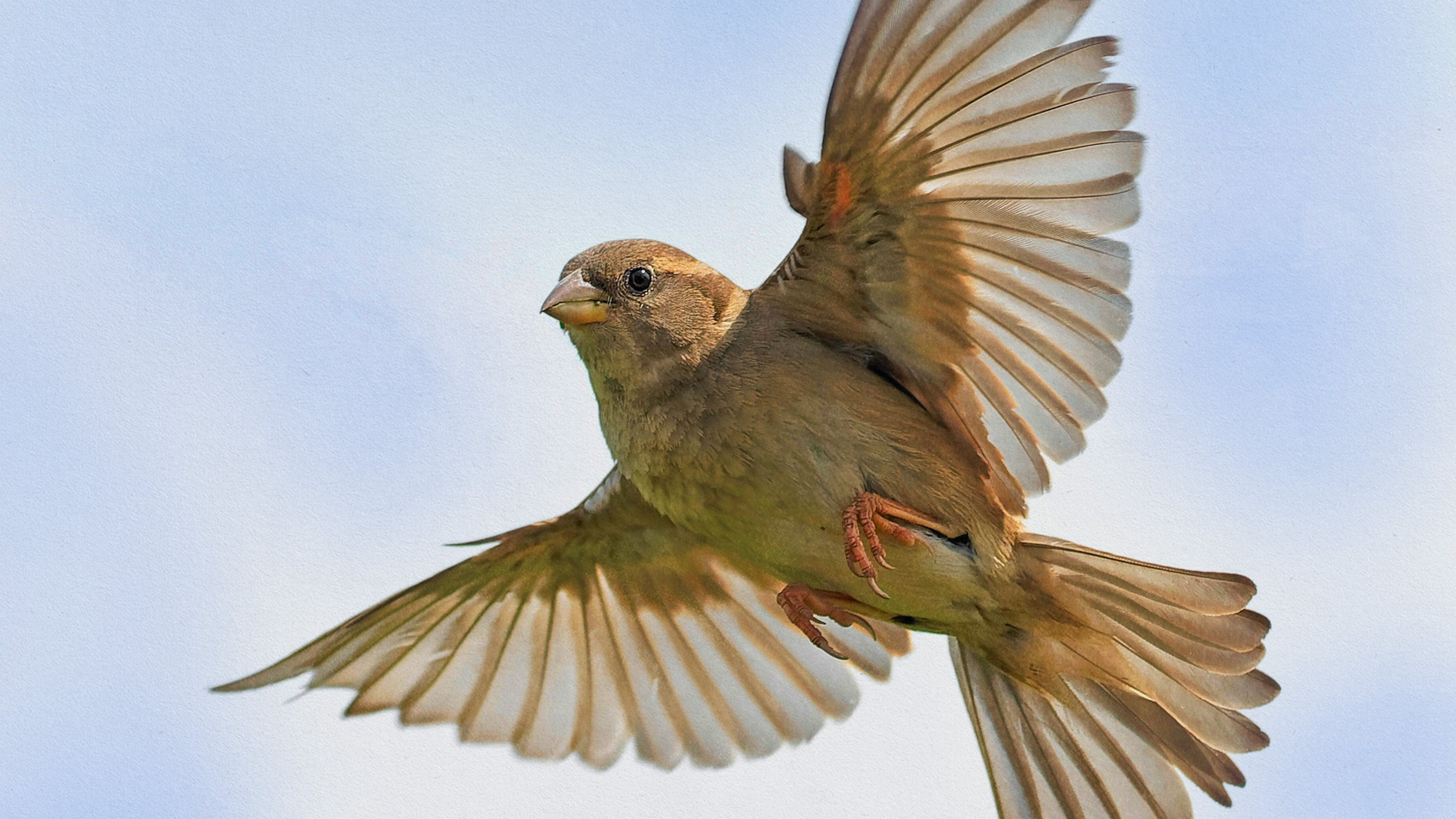- For centuries cultures have personified death to give this terrifying mystery a familiar face.
- Modern science has demystified death by divulging its biological processes, yet many questions remain.
- Studying death is not meant to be a morbid reminder of a cruel fate, but a way to improve the lives of the living.
Black cloak. Scythe. Skeletal grin. The Grim Reaper is the classic visage of death in Western culture, but it’s far from the only one. Ancient societies personified death in a myriad of ways. Greek mythology has the winged nipper Thanatos. Norse mythology the gloomy and reclusive Hel, and Hindu traditions sport the wildly ornate King Yama.
Modern science has de-personified death, pulling back its cloak to discover a complex pattern of biological and physical processes that separate the living from the deceased. But with the advent of these discoveries, in some ways, death has become even more alien.
1) You’re aware that you’re dying
Many of us imagine death will be like drifting to sleep. Your head gets heavy. Your eyes flutter and gently close. A final breath and then … lights out. It sounds perversely pleasant. Too bad it may not be that quick.
Dr. Sam Parnia, the director of critical care and resuscitation research at NYU Langone Medical Center, researches death and has proposed that our consciousness sticks around while we die. This is due to brainwaves firing in the cerebral cortex — the conscious, thinking part of the brain — for roughly 20 seconds after clinical death.
Studies on lab rats have shown their brains surge with activity in the moments after death, resulting in an aroused and hyper-alert state. If such states occur in humans, it may be evidence that the brain maintains a lucid consciousness during death’s early stages. It may also explain how patients brought back from the brink can remember events that took place while they were technically dead.
But why study the experience of death if there’s no coming back from it?
“In the same way that a group of researchers might be studying the qualitative nature of the human experience of ‘love,’ for instance, we’re trying to understand the exact features that people experience when they go through death, because we understand that this is going to reflect the universal experience we’re all going to have when we die,” he told LiveScience.
2) Zombie brains are a thing

There is life after death if you’re a pig…sorta. Image source: Wikimedia Commons)
Recently at the Yale School of Medicine, researchers received 32 dead pig brains from a nearby slaughterhouse. No, it wasn’t some Mafia-style intimidation tactic. They’d placed the order in the hopes of giving the brains a physiological resurrection.
The researchers connected the brains to an artificial perfusion system called BrainEx. It pumped a solution through them that mimicked blood flow, bringing oxygen and nutrients to the inert tissues.
This system revitalized the brains and kept some of their cells “alive” for as long as 36 hours postmortem. The cells consumed and metabolized sugars. The brains’ immune systems even kicked back in. And some samples were even able to carry electrical signals.
Because the researchers weren’t aiming for Animal Farm with Zombies, they included chemicals in the solution that prevented neural activity representative of consciousness from taking place.
Their actual goal was to design a technology that will help us study the brain and its cellular functions longer and more thoroughly. With it, we may be able to develop new treatments for brain injuries and neurodegenerative conditions.
3) Death is not the end (for a small part of you)

Researchers used zebrafish to gain insights into postmortem gene expression. Image source: ICHD / Flickr
There is life after death. No, science hasn’t discovered proof of an afterlife or how much the soul weighs. But our genes keep going after our demise.
A study published in the Royal Society’s Open Biology looked at gene expression in dead mice and zebrafish. The researchers were unsure if gene expression diminished gradually or stopped altogether. What they found surprised them. Over a thousand genes became more active after death. In some cases, these spiked expressions lasted for up to four days.
“We didn’t anticipate that,” Peter Noble, study author and microbiology professor at the University of Washington, told Newsweek. “Can you imagine, 24 hours after [time of death] you take a sample and the transcripts of the genes are actually increasing in abundance? That was a surprise.”
Gene expression was shown for stress and immunity responses but also developmental genes. Noble and his co-authors suggest this shows that the body undergoes a “step-wise shutdown,” meaning vertebrates die gradually and not all at once.
4) Your energy lives on at least
Even our genes will eventually fade, and all that we are will become clay. Do you find such oblivion disheartening? You’re not alone, but you may take solace in the fact that part of you will continue on long after your death. Your energy.
According to the first law of thermodynamics, the energy that powers all life continues on and can never be destroyed. It is transformed. As comedian and physicist Aaron Freeman explains in his “Eulogy from a Physicist“:
“You want the physicist to remind your sobbing mother about the first law of thermodynamics; that no energy gets created in the universe, and none is destroyed. You want your mother to know that all your energy, every vibration, every Btu of heat, every wave of every particle that was her beloved child remains with her in this world. You want the physicist to tell your weeping father that amid energies of the cosmos, you gave as good as you got.”
5) Near-death experiences may be extreme dreams
Facing the Fear of Death in Virtual Realityyoutu.be
Near-death experiences come in a variety of styles. Some people float above their bodies. Some go to a supernatural realm and meet passed-on relatives. Others enjoy the classic dark-tunnel-bright-light scenario. One thing they all have in common: We don’t know what’s going on.
A study published in Neurology suggests near-death experiences stem from a type of sleep-wake state. It compared survivors who had near-death experiences with those who did not. The researchers found that people with near-death experiences were more likely to also undergo REM intrusions, states in which sleep intrudes upon wakeful consciousness.
“People who have near-death experiences may have an arousal system that predisposes them to REM intrusion,” Kevin Nelson, professor at the University of Kentucky and the study’s lead author, told the BBC.
It’s worth noting that the study does have its limitations. Only 55 participants were interviewed in each group, and the results relied on anecdotal evidence. These highlight key difficulties in studying near-death experiences. Such experiences are rare and cannot be induced in a controlled setting. (Such a proposal would be a huge red flag for any ethics board.)
The result is sparse data opened to a lot of interpretation, but it is unlikely that the soul enjoys a postmortem romp. One experiment installed pictures on high shelves in 1,000 hospital rooms. These images would only be visible to people whose souls departed the body and returned.
No cardiac arrest survivor reported seeing the images. Then again, if they did manage to sever their fleshy fetters, they may have had more pressing matters to attend to.
6) Do other animals mourn the dead?

Elephants form strong familial bonds, and some eye witness accounts suggest they may mourn the dead, too. Image source: Cocoparisienne / Pixabay
We’re still not sure, but eye witness accounts suggest the answer may be yes.
Field researchers have witnessed elephants staying with the dead — even if the deceased is not from the same family herd. This observation led the researchers to conclude the elephants had a “generalized response” to death. Dolphins too have been seen guarding deceased members of their species. And chimpanzees maintain social routines with the dead, such as grooming.
No other species has been observed performing human-like memorial rituals, which requires abstract thought, but these events suggest animals possess a unique understanding of and response to death.
As Jason Goldman writes for BBC, “[F]or every facet of life that is unique to our species, there are hundreds that are shared with other animals. As important as it is to avoid projecting our own feelings onto animals, we also need to remember that we are, in an inescapable way, animals ourselves.”
7) Who first buried the dead?
Anthropologist Donald Brown has studied human cultures and discovered hundreds of features shared by each and every one. Among them, every culture has its own way to honor and mourn the dead.
But who was the first? Humans or another hominin in our ancestral lineage? That answer is difficult because it is shrouded in the fog of our prehistorical past. However, we do have a candidate: Homo naledi.
Several fossils of this extinct hominin were discovered in a cave chamber at the Rising Star Cave system, Cradle of Humankind, South Africa. To access the chamber required a vertical climb, a few tight fits, and much crawling.
This led researchers to believe it unlikely so many individuals ended up there by accident. They also ruled out geological traps like cave-ins. Given the seemingly deliberate placement, some have concluded the chamber served as a Homo naledi graveyard. Others aren’t so sure, and more evidence is needed before we can definitively answer this question.
8) Walking corpse syndrome

The medieval Danse Macabre fresco at the Holy Trinity Church in Hrastovlje, Solvenia. (Photo: Marco Almbauer/Wikimedia Commons)
For most of us, the line between life and death is stark. We are alive; therefore, we are not dead. It’s a notion many take for granted, and we should be thankful we can manage it so effortlessly.
People afflicted with Cotard’s syndrome don’t see the divide so cleanly. This rare condition was first described by Dr. Jules Cotard in 1882 and describes people who believe they are dead, missing body parts, or have lost their soul. This nihilistic delusion manifests in a prevailing sense of hopelessness, neglect of health, and difficulty dealing with external reality.
In one case, a 53-year-old Filipino woman with Cotard’s syndrome believed herself to smell like rotting fish and wished to be brought to the morgue so she could be with her kind. Thankfully, a regimen of antipsychotics and antidepressants improved her condition. Others with this debilitating mental disorder have also been known to improve with proper treatment.
9) Do hair and fingernails grow after death?
ASK A MORTICIAN- Do Hair & Nails Grow After Death?www.youtube.com
Nope. This is a myth, but one that does have a biological origin.
The reason hair and fingernails don’t grow after death is because new cells can’t be produced. Glucose fuels cell division, and cells require oxygen to break down glucose into cellular energy. Death puts an end to the body’s ability to intake either one.
It also ends the intaking of water, leading to dehydration. As a corpse’s skin desiccates, it pulls away from the fingernails (making them look longer) and retracts around the face (giving a dead man’s chin a five-o’clock shadow). Anyone unlucky enough to exhume a corpse could easily mistake these changes as signs of growth.
Interestingly, postmortem hair and fingernail growth provoked lore about vampires and other creatures of the night. When our ancestors dug up fresh corpses and found hair growth and blood spots around mouths (the result of natural blood pooling), their minds naturally wandered to undeath.
Not that becoming undead is anything we need to worry about today. (Unless, of course, you donate your brain to the Yale School of Medicine.)
10) Why do we die?
How trying to solve death makes life, here and now, worse
People who live to be 110 years old, called super-centenarians, are a rare breed. Those who live to be 120 rarer still. The longest-living human on record was Jeanne Calment, a Frenchwoman who lived an astounding 122 years.
But why do we die in the first place? Setting spiritual and existential responses aside, the simple answer is that nature is done with us after a certain point.
Success in life, evolutionarily speaking, is passing on one’s genes to offspring. As such, most species die soon after their fecund days end. Salmon die soon after making their upriver trek to fertilize their eggs. For them, reproduction is a one-way trip.
Humans are a bit different. We invest heavily in our young, so we require a longer lifespan to continue parental care. But human lives outpace their fecundity by many years. This extended lifespan allows us to invest time, care, and resources in grandchildren (who share our genes). This is known as the grandmother effect.
But if grandparents are so useful, why is cap set at 100-some-odd years? Because our evolution did not invest in longevity beyond that. Nerve cells do not replicate, brains shrink, hearts weaken, and we die. If evolution needed us to hang around longer, maybe these kill switches would have been weeded out, but evolution as we know it requires death to promote adaptive life.
At this age, however, it is likely that our children may be entering their grandparent years themselves, and our genes will continue to be cared for in subsequent generations.






